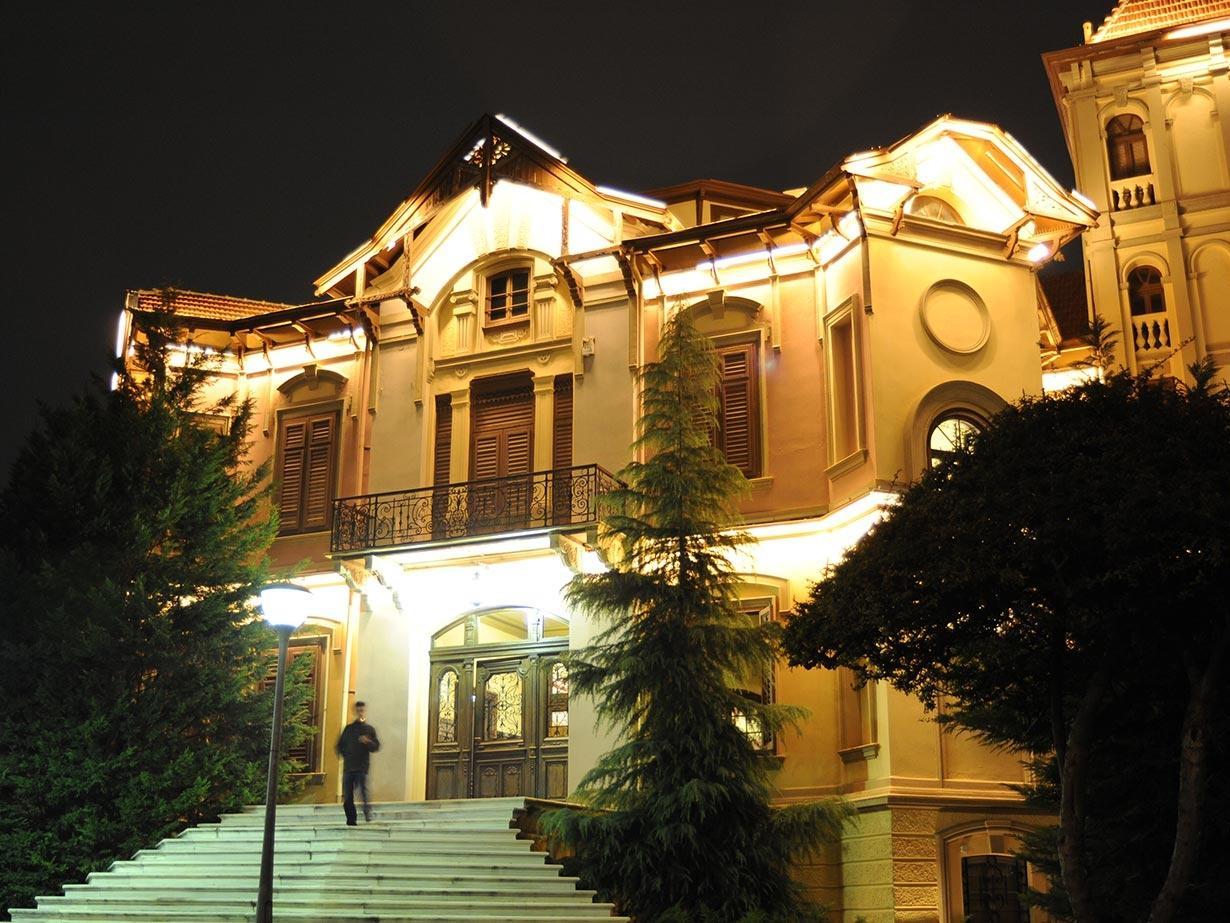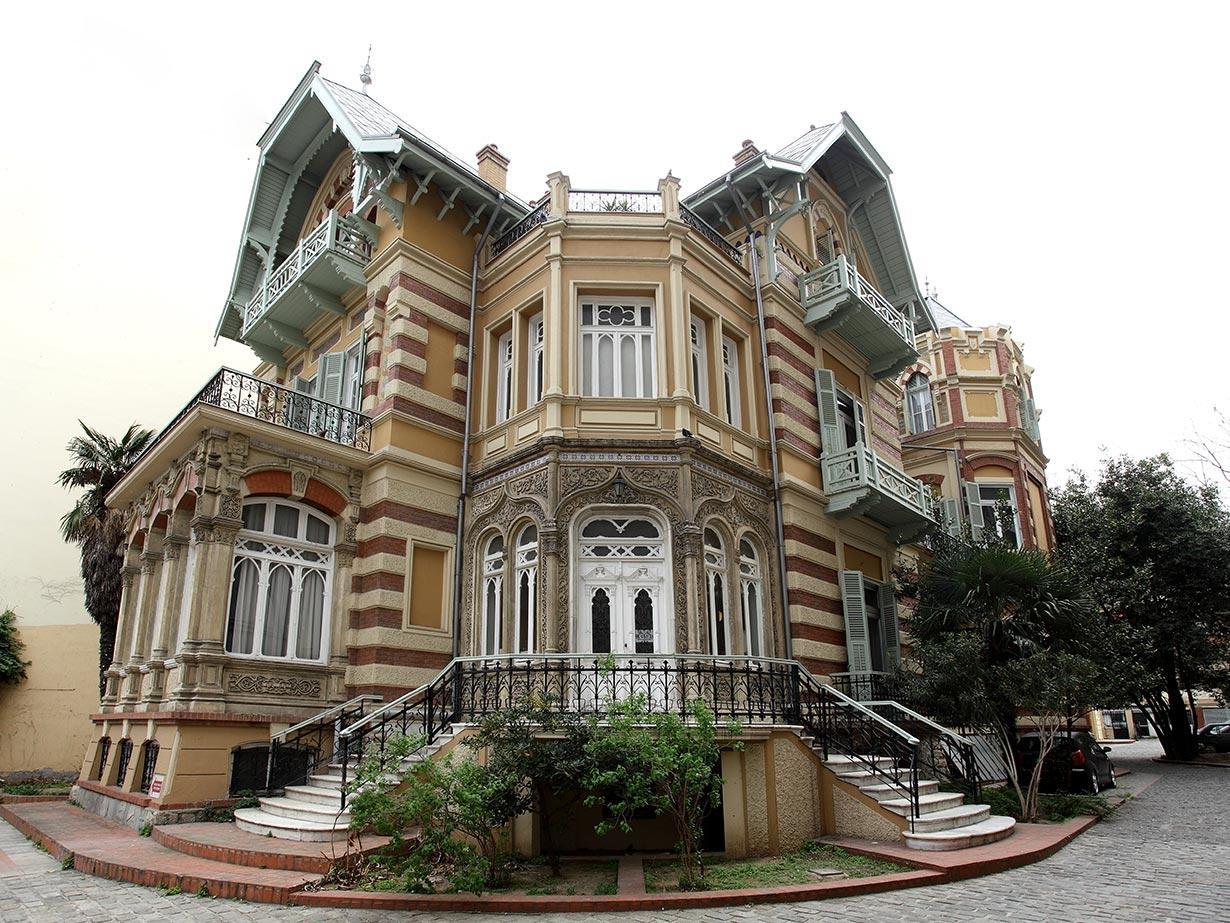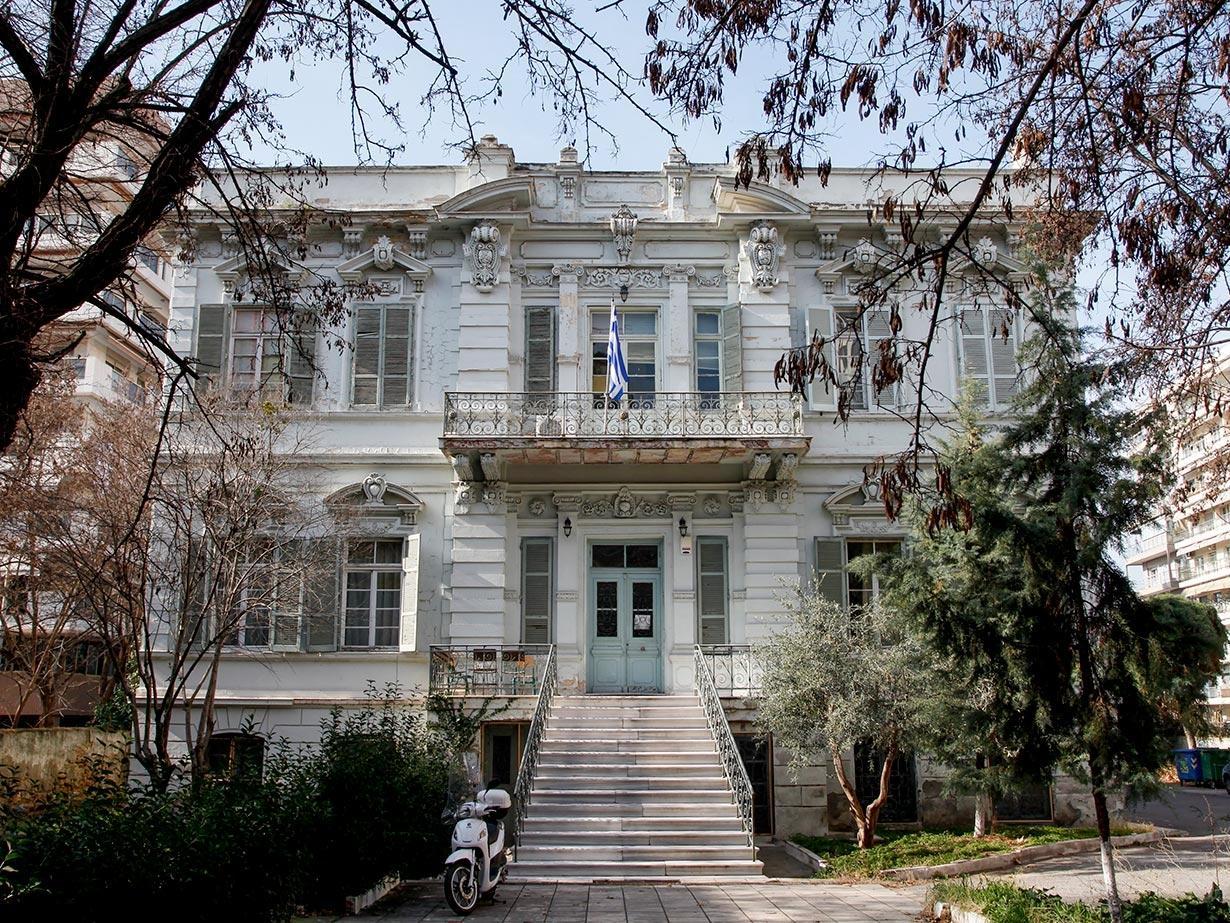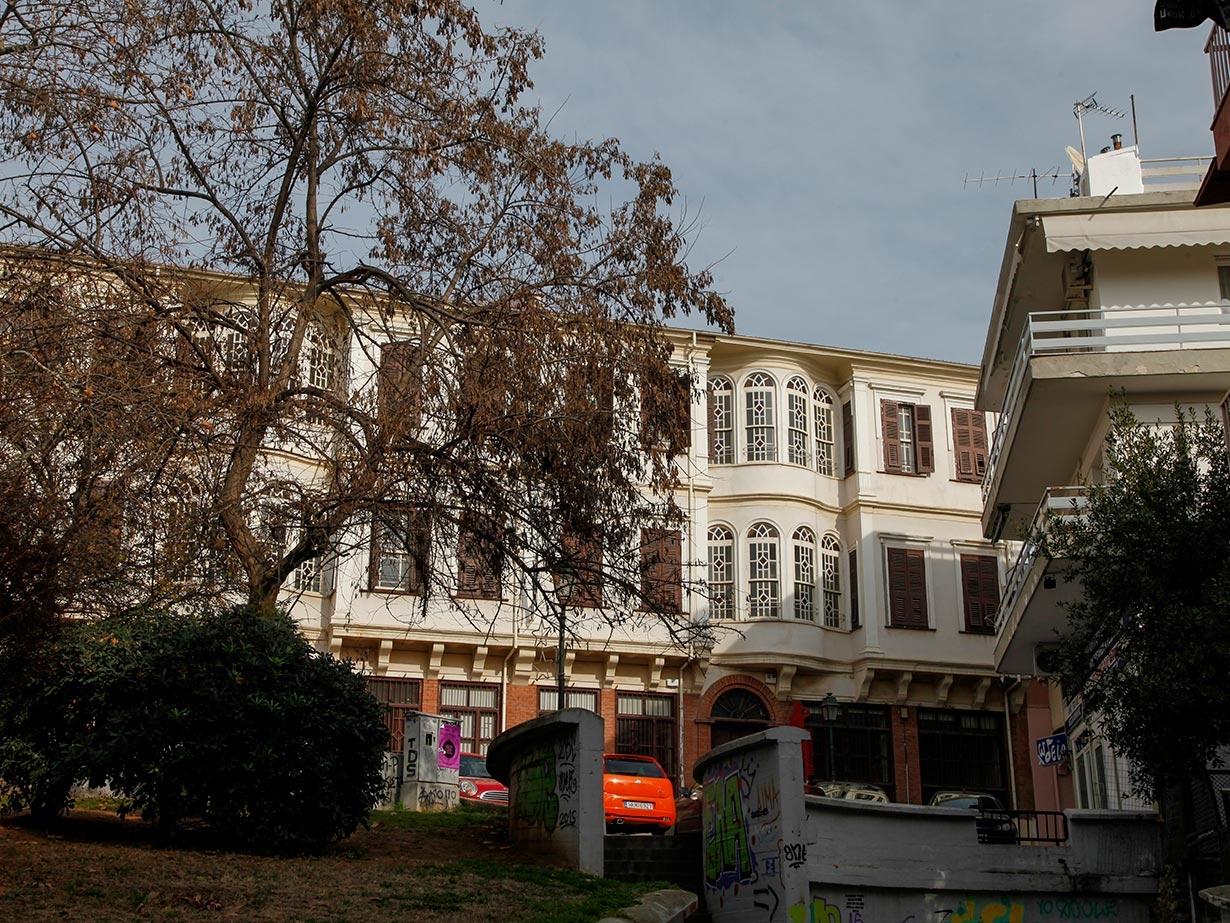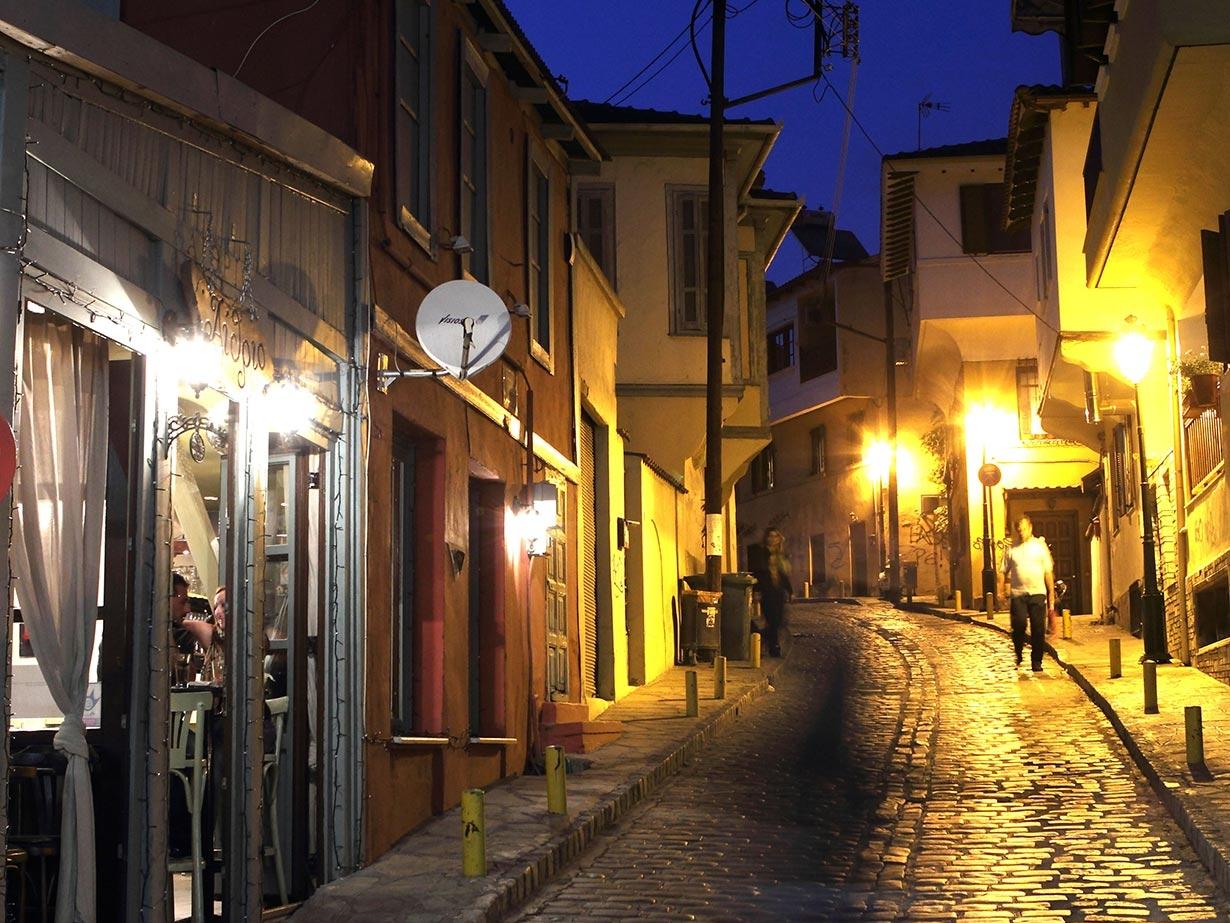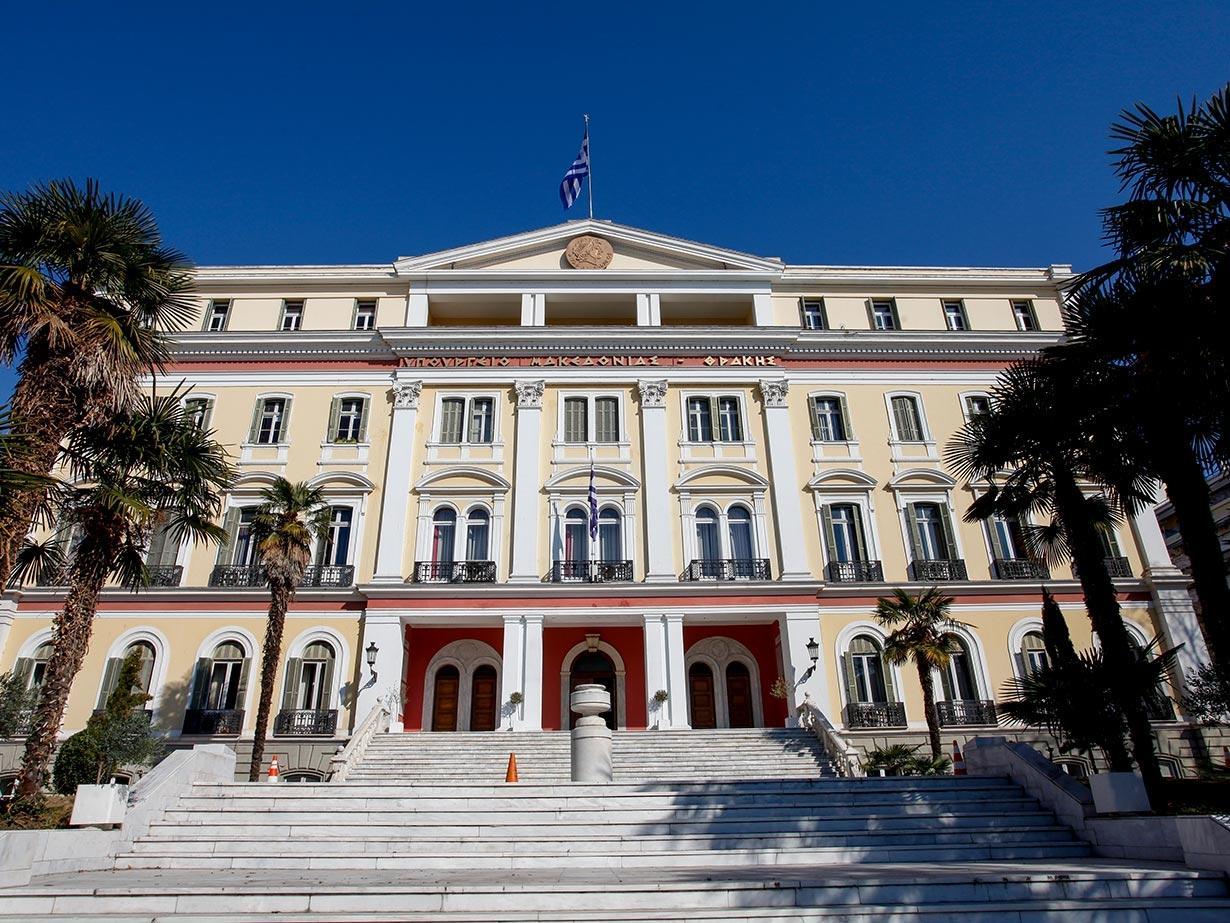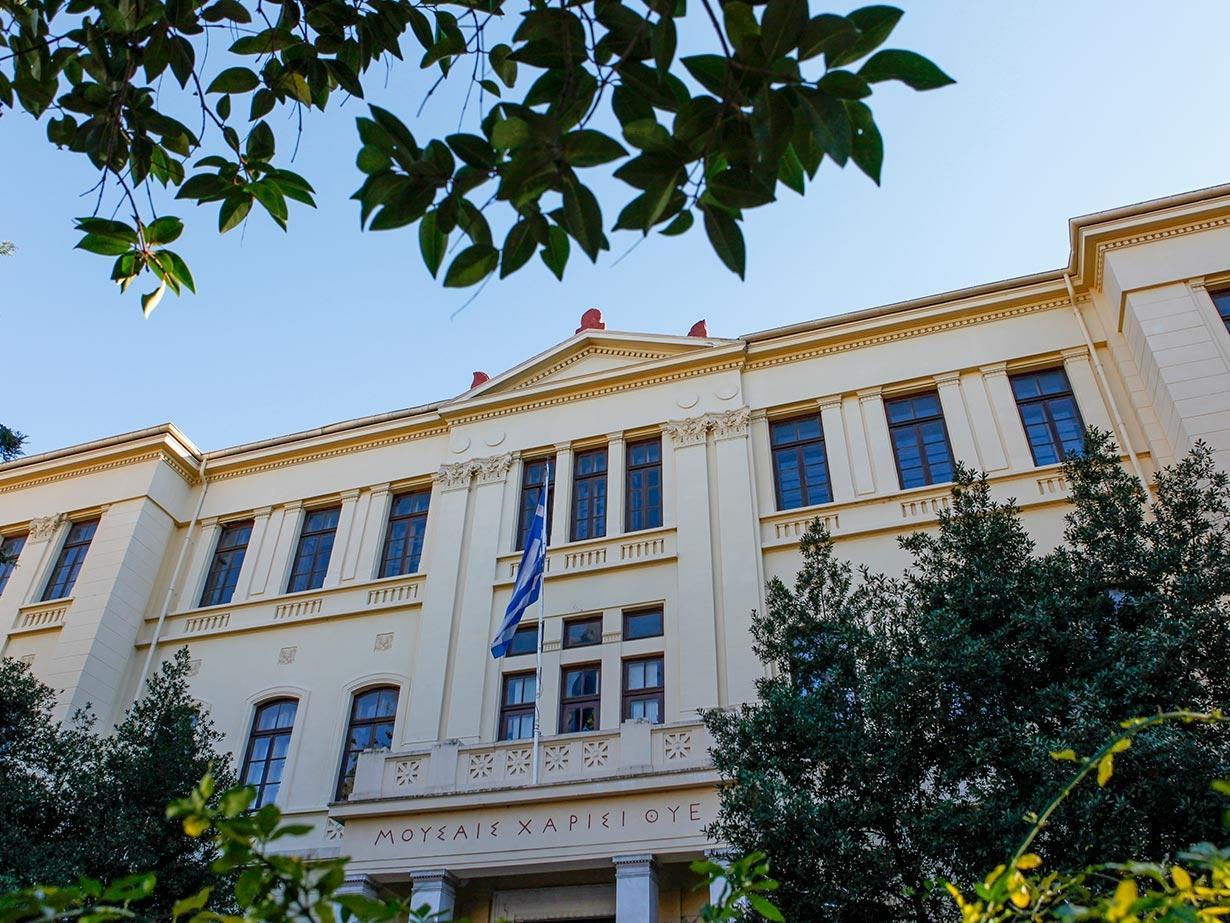Ottoman route
In 1430 Murat II takes over Thessaloniki and the city remains under Ottoman sovereignty until 1912. In their search of a new country, almost 20.000 Jews from Spain settled in Thessaloniki in 1492 at the invitation of the Ottoman State. The co-existence between Greeks, Turks and Jews offers to the city its unique multiculturalism, a feature that defined its character for many centuries, while numerous significant buildings are constructed and many churches are turned into mosques. The architectural style of Thessaloniki starts to lean towards the East, in combination with a few European influences. The multicolor market of Bezesteni, the domed hammams offering both individual cleanliness and social interaction, the mosques, the public buildings, the old residences such as the one of Mustafa Kemal Ataturk, the reformer of Turks, and many others, can be tracked down to the city where West meets East through images, tastes, music.



